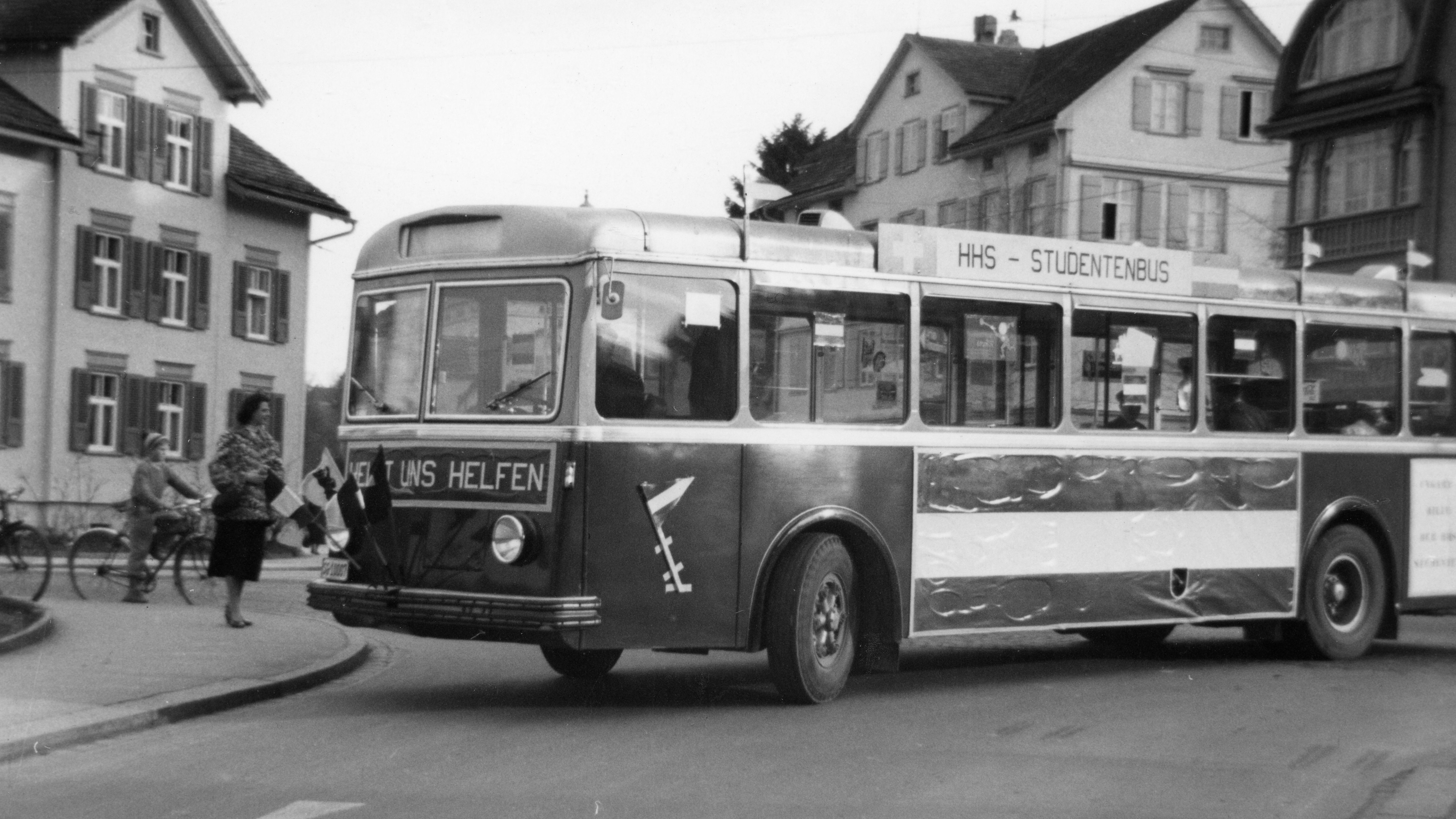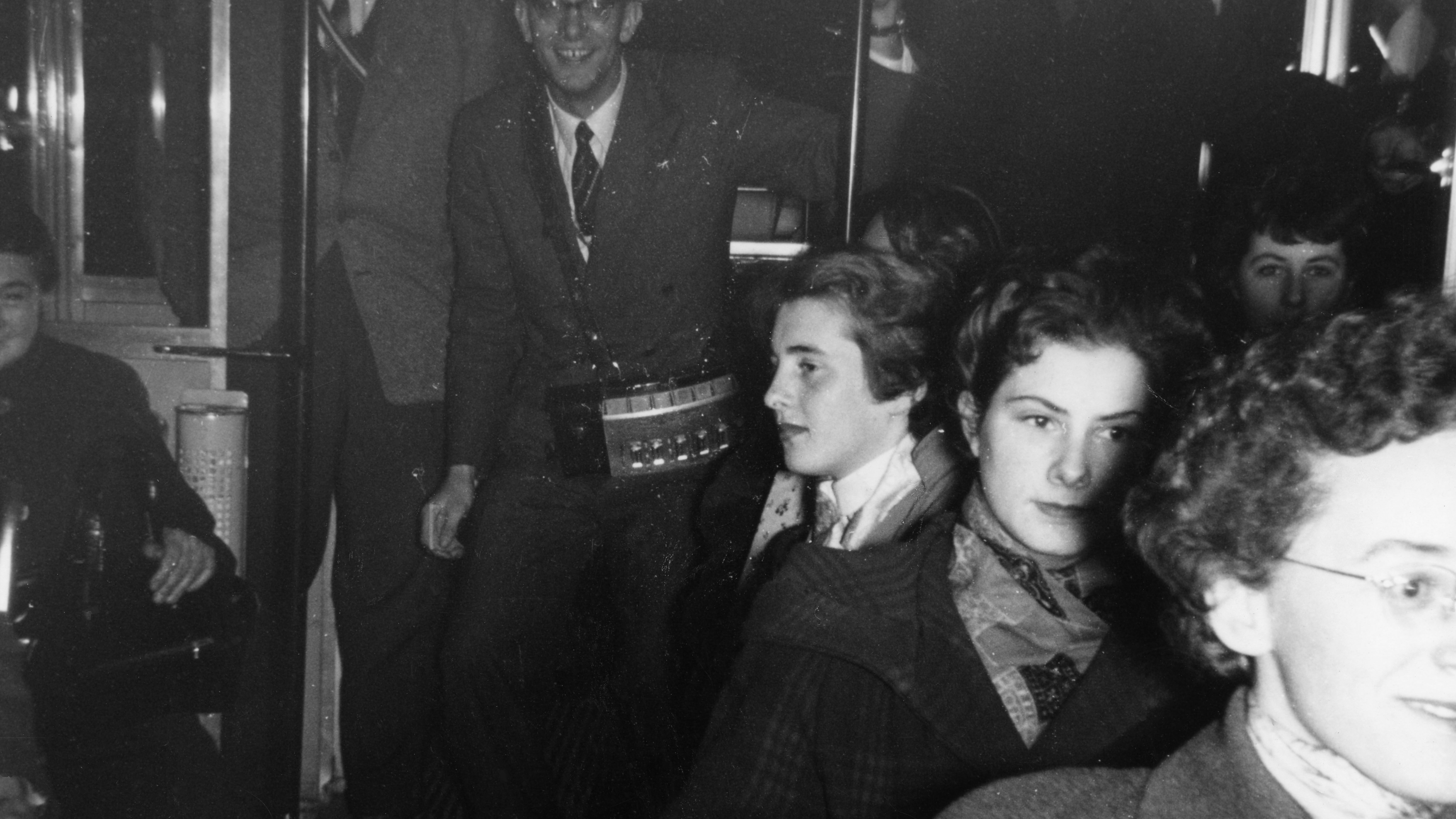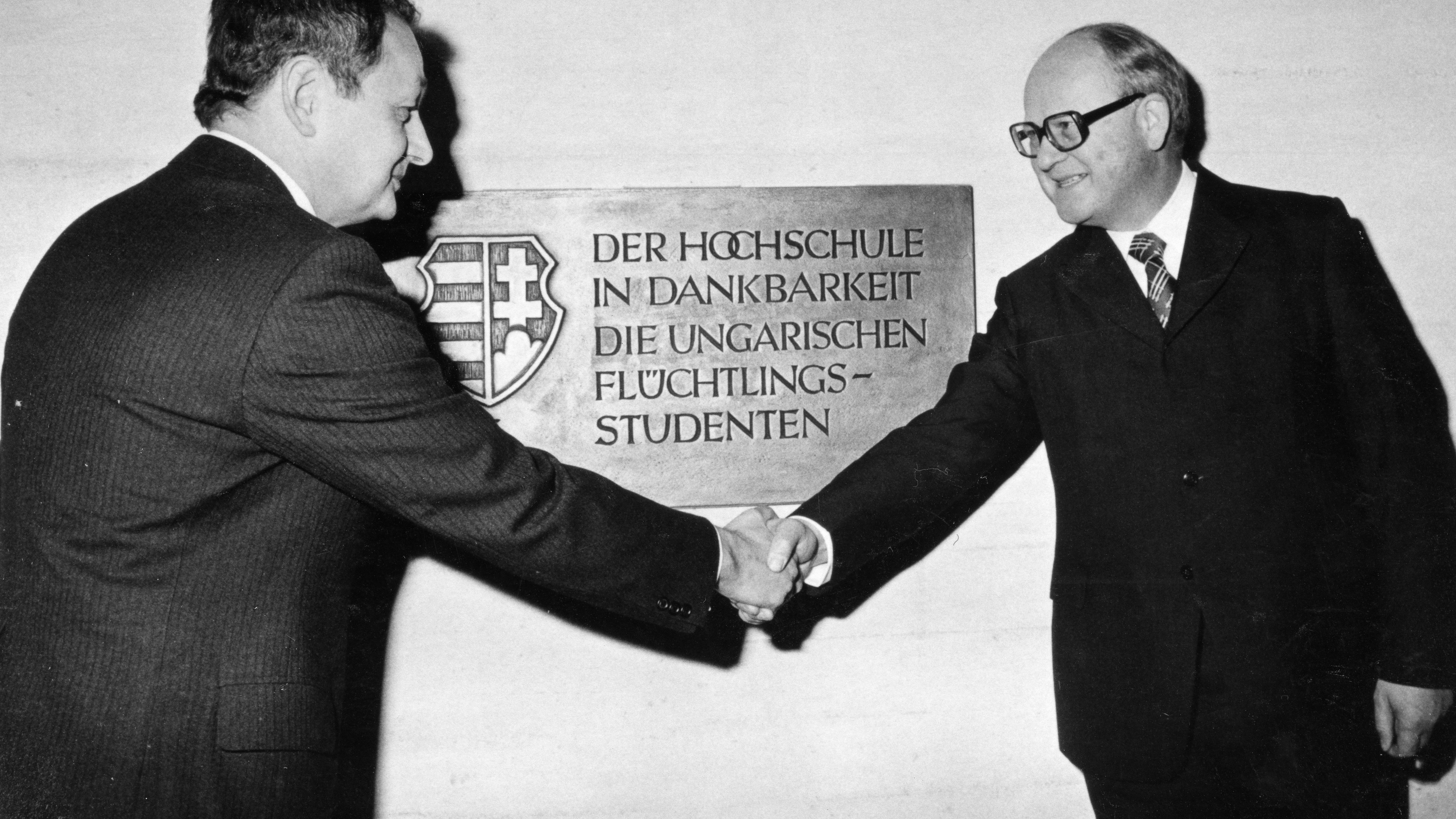On 23 October 1956, a peaceful student demonstration demanding democratic change took place in Budapest; the demonstrators were protesting against the communist party and the Soviet occupation of Hungary. After the government responded by authorising its forces to open fire on the crowd, a spontaneous and armed nationwide revolt broke out. Within a few days, the government fell and a new government was formed under the leadership of Prime Minister Imre Nagy. A declaration of Hungary’s neutrality followed, and a complete withdrawal of Soviet forces was demanded by the new government. The revolt was crushed with great brutality in the first days of November when the Soviet army invaded the country. Hundreds of rebels were executed, tens of thousands were arrested, and thousands were injured. Hundreds of thousands of Hungarians fled from the dictatorship into Western Europe, of whom about 14,000 found refuge in Switzerland; roughly half of those refugees went on to make their permanent home here.
By the end of October, a wave of solidarity had rolled over Switzerland, and demonstrations expressing sympathy with the protestors took place – to a great extent initiated by students – in numerous towns. In the local newspaper dated 29 October 1956, the students of St. Gallen called for a silent march to be held on the evening of the same day and for donations of blood and money to assist their Hungarian comrades. At 7.30 p.m. the march set off from Notkerstrasse, where HSG was then located, on its route to the market square, with more and more local St. Gallen residents joining in. Once the march had reached its destination, the HSG president, Professor Wolfhart F. Bürgi, delivered a moving speech to the assembled crowd.
On 6 November 1956, the Swiss Federal Council reacted to the second Soviet intervention by opening the border to the first 10,000 refugees and offering humanitarian assistance on a massive scale. On the same day, most of the political parties in St. Gallen called the local populace to join an evening rally in the monastery courtyard; some 15,000 people came along.
HSG’s vice-president, Professor Walter Adolf Jöhr, had learned from his sister Marianne, who headed the Vienna branch of the Swiss Red Cross, that there were a great many students among the refugees who had fled persecution in Hungary. At the end of November, in accordance with President Bürgi, Jöhr charged the president's secretary Professor Willi Geiger with going to Vienna and assisting in the selection of suitable refugee students to come to Switzerland. At the beginning of December, Geiger returned to Zurich with 200 students, some of whom then came with him to St. Gallen. Later, with great commitment and success, Geiger became the head of the HS Aid for Hungary initiative.

This HSG initiative undertook numerous activities in December 1956, as reported in the press by the Student Union president Hans Oester together with Willi Geiger, on 19 December 1956: a committee was making sure that the first 20 refugee students who were given places to study at HSG were provided with accommodation, food and clothing. Later, the number was increased to 50 students. The intention was to enable these students to complete their degree studies in St. Gallen, so the initiative assumed a time period of three to four years. The refugee students were also assisted financially by many of their fellow students at HSG, who raised funds by offering snow-clearing and babysitting services, and most notably, by means of the so-called Bus campaign: thanks to generous support from the staff of the municipal transport service, with all fares being donated to help the refugees. Private individuals were also called upon to help by sponsoring the refugee students.

The lacking or insufficient knowledge of the German language was a great challenge not only for the Hungarian students themselves, but also to the teaching staff. at HSG Professor Thürer, together with teachers from the cantonal school, organised regular German lessons starting in January 1960. Despite the linguistic difficulties involved, most of the Hungarian students passed the three preliminary examinations with good results. The first Hungarian refugee students, László Alföldi, graduated as early as the spring of 1960. By autumn 1964, 25 further Hungarian students had followed; and later, some of them even obtained a doctorate.
The great gratitude of the former refugee students towards the school can still be seen today, decades after the events. In 1976, a bronze commemorative plaque was installed on behalf of the refugee students in an official ceremony in the main building; and in 2006,a Hungarian oak tree, donated by the former refugees, was planted at the edge of the HSG park as part of the commemorations on the 50th anniversary of the first arrivals. The oak tree was intended as a reminder of the help and acceptance that the Hungarian refugees found here in St. Gallen in their hour of hardship.
